Massaging your feet and legs is a great way to relax and unwind, releasing tension and promoting circulation. In this article, we will look at simple techniques for how to massage feet and legs to provide relaxation and relief. We will discuss the benefits of foot and leg massage, the different techniques you can use, and how to tailor the massage to your individual needs.
Contents
Preparation
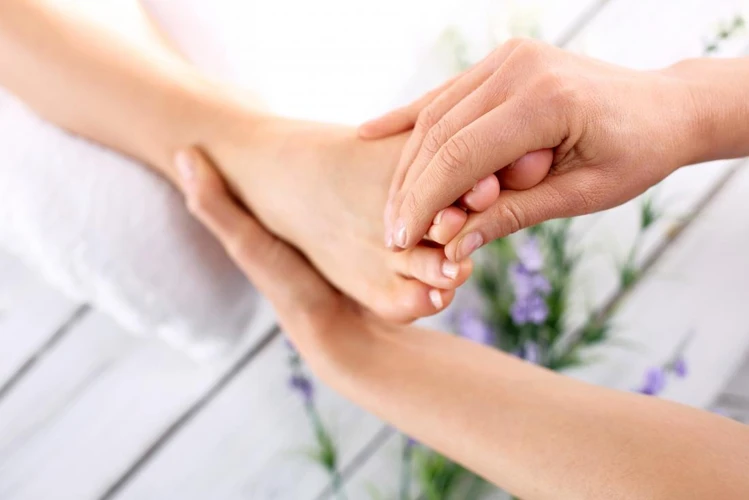
Supplies
Massage oil or lotion is a must for massaging feet and legs. Massage oil will help your hands glide over the skin, while the lotion provides a moisturizing element.
Space
Clear a space large enough for the person receiving the massage to lie down comfortably on their back.
How to Massage Legs and Feet:
Start by gently stroking the foot and leg with your hands, using circular movements. Then gently knead the muscles in the foot and lower leg. Move up to the calf and thigh, using the same circular and kneading motions. If the person receiving the massage is comfortable, you can use a bit more pressure. Finally, use long strokes along the length of the foot and leg to complete the massage.
Massaging Feet
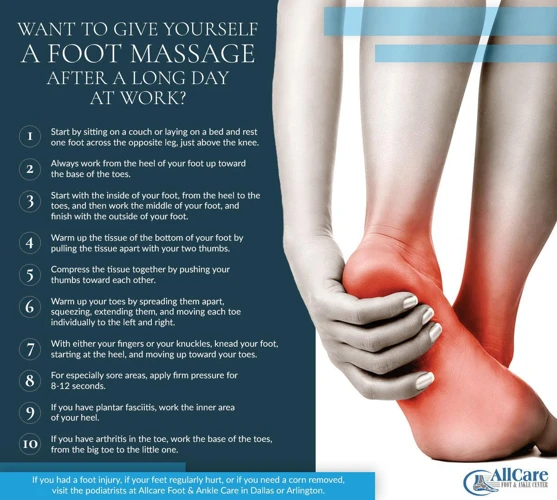
Techniques
Start by lightly rubbing the feet using circular motions. Move up to the ankles, applying firm yet gentle pressure. Then, use your hands to knead the soles of the feet, using your thumbs to apply pressure to the arch. Finish by using long strokes from the toes to the ankle.
Pressure
The amount of pressure applied should be comfortable for the receiver. If it’s too light, it won’t provide any benefit. If it’s too hard, it will cause pain. Use your intuition and adjust the pressure according to the receiver’s response.
Duration
The duration of the foot massage should be between 10 and 20 minutes. This will ensure that the massage has the desired effect and will give the receiver enough time to relax and enjoy the experience.
Massaging Legs
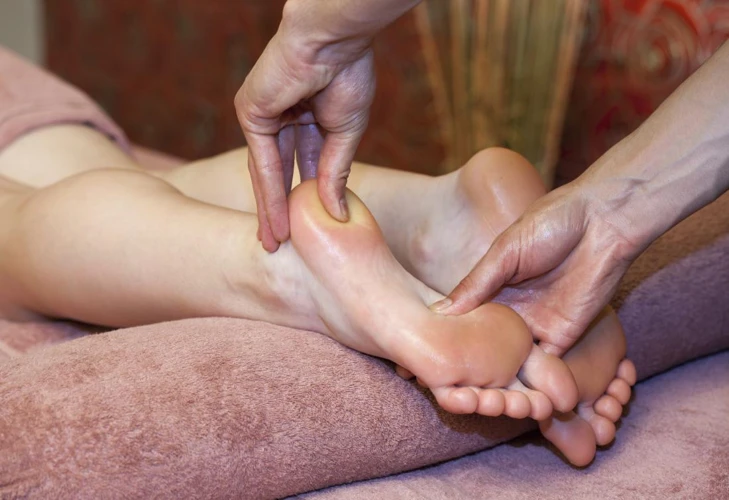
Techniques
Using your hands, you can use a variety of massage techniques to help relax the feet and legs. Stroking, kneading, and friction are all common techniques used to massage the feet and legs. To stroke, use a gentle, gliding motion with your hands. To knead, use your fingertips to press and roll the muscles in a circular motion. To use friction, apply more intense pressure with your fingertips and palms, using a back-and-forth motion.
Pressure
The amount of pressure you use when massaging the feet and legs should be based on the individual’s preference. If the person is comfortable, you can apply deeper pressure to release tension in the muscles. However, if the person experiences any discomfort, you should immediately reduce the pressure.
Duration
The duration of the massage depends on the person’s needs and preferences. Generally, a massage should last anywhere from 5 to 15 minutes. Start with a shorter duration and gradually increase it if needed. Remember to keep the person comfortable and relaxed throughout the massage.
Combining Foot and Leg Massage
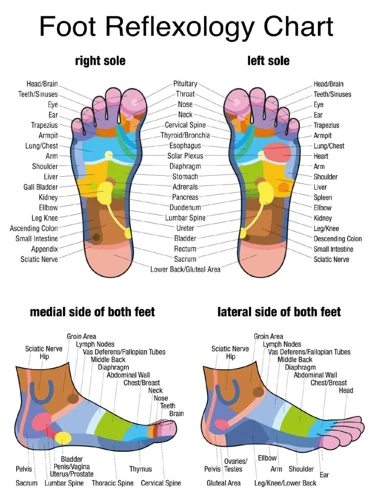
Techniques
A combination of kneading and stroking techniques are often used in foot and leg massage. Kneading is when the masseuse uses the thumb and fingers to apply pressure to the foot and leg muscles, while stroking is simply a light, smooth movement over the skin.
Pressure
The pressure applied during massage should be adjusted depending on the preference of the person receiving the massage. Light pressure is generally used in foot and leg massage as the feet and legs are very sensitive. However, if more pressure is needed to relieve tension, a deeper massage can be used.
Duration
Foot and leg massages should not last for more than 10 minutes. This is because extended massage sessions can lead to muscle fatigue and soreness in the feet and legs. For best results, a short foot and leg massage session should be repeated multiple times a day.
Aftercare
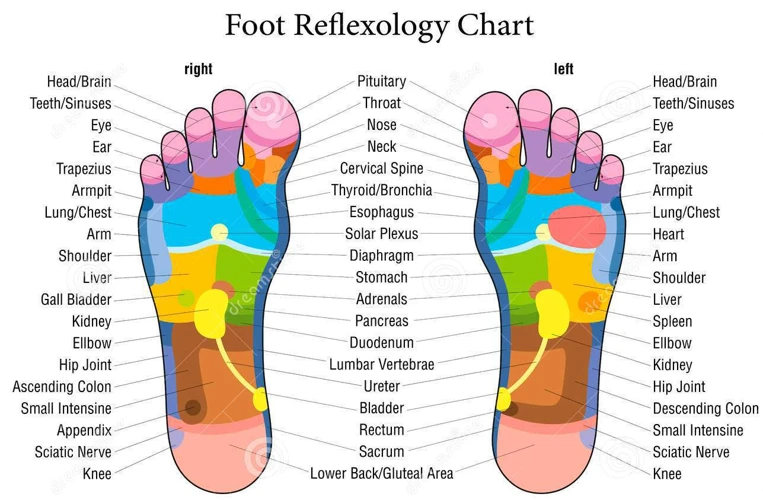
| Action | Explanation |
|---|---|
| Cover the feet with a blanket | This helps to keep the body temperature and prevent chills. |
| Drink plenty of water | This helps replenish fluids lost through sweating. |
| Avoid strenuous activities | This helps to avoid over-exerting the muscles after being massaged. |
| Avoid alcohol and caffeine | This helps to prevent dehydration and headaches. |
Rest is important after a foot and leg massage. Give yourself at least 30 minutes to relax and enjoy the benefits of the massage. During this time, avoid using electronic devices and instead focus on deep breathing. This will help to further relax the muscles and reduce stress.
Safety Considerations
- Be gentle: Always apply gentle pressure during a massage. Too much pressure can lead to pain and discomfort.
- Know your limits: Be aware of your own limitations and the limitations of the person receiving the massage. If the recipient is uncomfortable, stop.
- Be aware of allergies: If you are using oils or lotions, make sure the recipient does not have any allergies to them.
- Wash your hands: Before and after the massage, it is essential to wash your hands. This is especially important if you are using oils or lotions.
- Be aware of medical conditions: If the recipient has medical conditions such as diabetes, be aware of any special considerations. It may be necessary to consult with a doctor before performing the massage.
- Be aware of skin conditions: If the person receiving the massage has any skin conditions, make sure to be aware of them and take appropriate precautions.
Frequently Asked Questions
What are the Benefits of Foot and Leg Massage?
- Relieves Stress: Foot and leg massage can help reduce tension and stress levels as it stimulates the release of endorphins, the body’s natural mood-lifting hormones.
- Improves Circulation: Foot and leg massage can help improve circulation by stimulating the flow of blood, lymph and oxygen throughout the body.
- Eases Aches and Pains: By increasing circulation, massage can help relieve tension and reduce pain in the feet, ankles and calves.
- Promotes Relaxation: Massage can help relax the entire body, releasing tight muscles and encouraging a sense of calm and wellbeing.
- Improves Mobility: Massage can help improve flexibility and range of motion in the feet and legs, making it easier to move around.
What are the risks associated with foot and leg massage?
1. Injury: Massaging the feet and legs can cause pain, discomfort, swelling, and even injury to the skin, joints, and muscles. If done incorrectly, a foot or leg massage can cause serious injury to the muscles and tendons, such as sprains, strains, and tears.
2. Infection: Improper sterilization of the massage equipment and unclean hands can cause infection. If a massage therapist uses unclean instruments or does not use disposable gloves, there is a risk of spreading infection.
3. Allergic reactions: Some people may be allergic to ingredients in massage oils, lotions, and other products used during the massage. Allergic reactions can cause skin irritation and rashes.
4. Blood clots: Massaging the feet and legs can cause the formation of blood clots. If a massage therapist applies too much pressure, this can cause the formation of clots and increase the risk of deep vein thrombosis.
5. Nerve damage: If a massage therapist applies too much pressure, it can cause nerve damage, leading to numbness and tingling in the feet and legs.
What Type of Oil or Lotion is Best to Use During a Foot and Leg Massage?
Using oil or lotion during a foot and leg massage can help reduce friction and improve the massage experience. Many types of oil or lotion can be used, including light massage oil, coconut oil, vitamin E oil, and unscented body lotion. When using oil, start with a small amount, and add more as needed. When using lotion, use a generous amount to ensure the massage is comfortable for the recipient.
How Often Should Someone Receive a Foot and Leg Massage?
The frequency of foot and leg massages depends on an individual’s needs. Generally, a massage once a month is recommended for relaxation, while a massage once or twice a week can help reduce chronic pain and tension. If someone has an injury, more frequent massage sessions may be necessary for proper healing and rehabilitation.
Is it Possible to Massage Feet and Legs Without a Partner?
Yes, it is possible to massage feet and legs without a partner. Self-massage techniques can be used to provide relaxation, relief, and improved circulation to the feet and legs. Some simple techniques include using your hands, a tennis ball, or a foam roller to massage your feet and legs. Additionally, stretching and foam rolling can help improve flexibility and reduce pain and soreness.
Conclusion
Feet and leg massage is an effective way to relax and relieve stress. It can help improve circulation, reduce tension, and provide a sense of overall well-being. With a few simple techniques, anyone can massage their feet and legs in the comfort of their own home.

